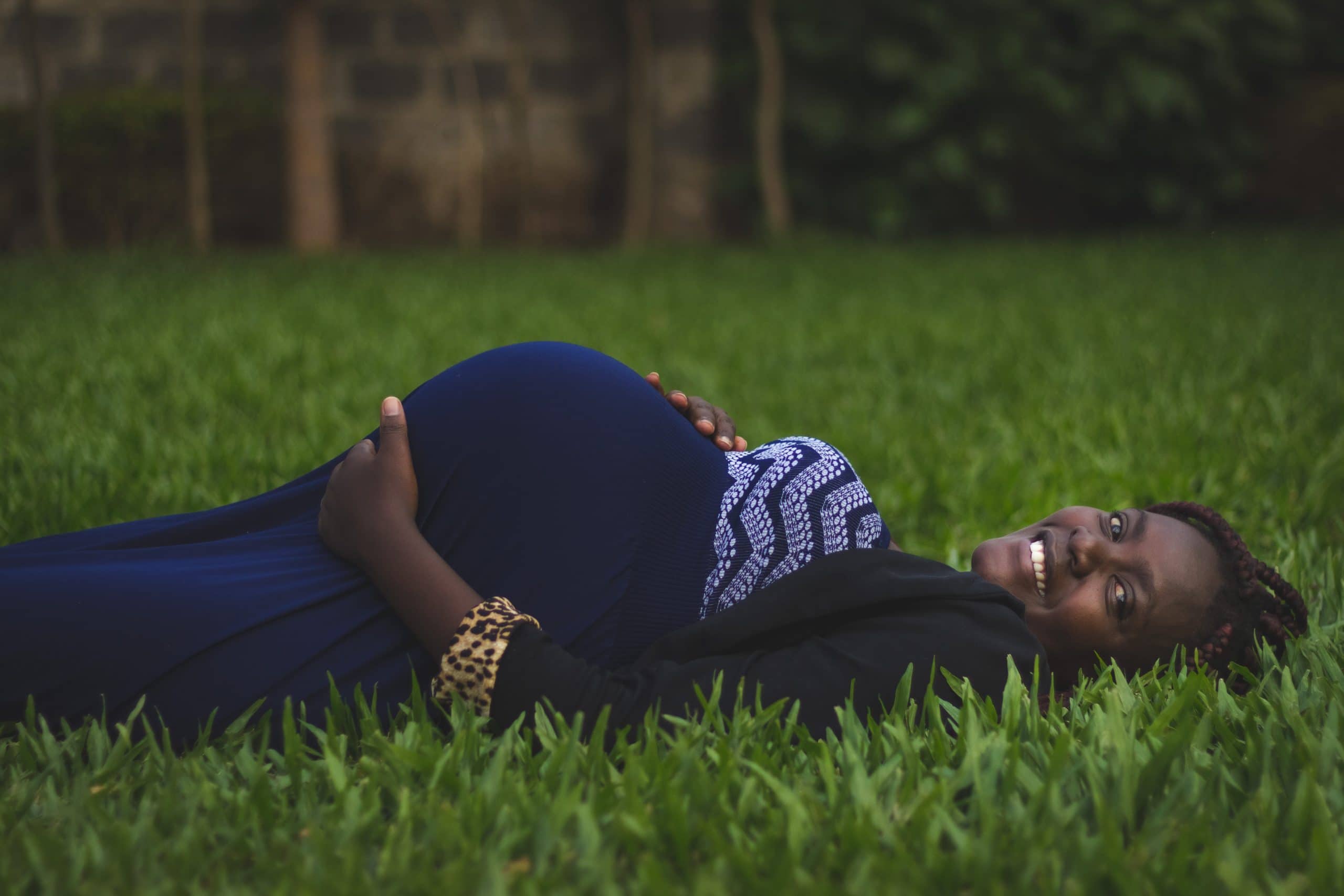Pregnancy and Postpartum
 Pregnancy is such an exciting time in life, but it comes with tremendous stress and strain to our bodies. While the stress and strain associated with pregnancy are normal, we tend to accept the pain or dysfunction that may accompany them. Commonly following childbirth, we hear all too often acceptance of symptoms including pain, urinary incontinence or the inability to participate in activities you once loved. You DON’T have to accept those issues. Hulst Jepsen Physical Therapy’s pelvic floor rehabilitation team is here to help you!
Pregnancy is such an exciting time in life, but it comes with tremendous stress and strain to our bodies. While the stress and strain associated with pregnancy are normal, we tend to accept the pain or dysfunction that may accompany them. Commonly following childbirth, we hear all too often acceptance of symptoms including pain, urinary incontinence or the inability to participate in activities you once loved. You DON’T have to accept those issues. Hulst Jepsen Physical Therapy’s pelvic floor rehabilitation team is here to help you!
Motherhood is a beautiful journey filled with joy, challenges, and countless unforgettable moments. While the excitement of bringing a new life into the world is unparalleled, the toll it takes on the body is undeniable. From pregnancy to postpartum recovery, many mothers experience discomfort, pain, or even conditions like urinary incontinence that can impact their daily lives. However, these struggles don’t have to become your new normal. With the right support—such as pelvic floor therapy—mothers can regain strength, confidence, and the ability to fully enjoy the moments that matter most.
One of the most rewarding parts of motherhood is capturing the fleeting moments of your baby’s early days. Photography plays a crucial role in preserving these memories, allowing you to look back on the tiny fingers, sleepy smiles, and first milestones. Just as therapy helps restore strength and function, photography helps preserve the beauty of each stage, reminding you of how far you’ve come. Choosing the right lenses for baby photography can make all the difference, helping to capture every detail with warmth and clarity.
These lenses allow for a beautifully blurred background, making your baby the clear focal point while enhancing the softness and warmth of the image. A macro lens is also a great option for capturing intricate details like tiny eyelashes and delicate hands, ensuring that every precious feature is documented with clarity.
So, believe in supporting mothers beyond just physical recovery. Whether it’s through expert pelvic floor rehabilitation or simply encouraging you to cherish the little moments through photography, embrace the beauty of motherhood—without pain or limitations. Also, with the perfect lens, you can truly bring out the soft, delicate features of a newborn while preserving the warmth and emotion of those first memories.
Your pelvic floor is a group of muscles located deep inside your pelvis. The pelvic floor is supportive to your pelvic organs including your bowel, bladder and uterus; this provides bowel and bladder control. Your pelvic floor and perineum will undergo significant stress during delivery. This can leave you with complaints of pelvic pain or urinary incontinence among other symptoms. You may have issues with perineal pain or scarring following delivery. If you deliver by cesarean (c-section), you are not exempt from these issues, as pregnancy itself contributes to bladder and bowel dysfunction and back pain.
It is expected that 50-70% of pregnant women will experience back pain, and while that’s true, physical therapy can help. Relaxin is a hormone released early in pregnancy causing increased ligament laxity, softens cartilage and widens joints to prepare for pregnancy and delivery. Relaxin levels are highest in the first trimester, and may contribute to pelvic pain, back pain and joint instability. Physical therapy can help you in restoring and maintaining your joint alignment, providing core stabilization (through appropriate therapeutic exercise), teach joint protection techniques as well as proper posture and body mechanics. Also, stabilization belts can be helpful and your physical therapist can assist you in selecting a proper belt if one is indicated for you.
The postpartum period is defined as the period of time it takes for your body to return to a non-pregnant state (commonly referred to as the first six weeks following delivery). However, it’s difficult to define this time frame as many factors impact your recovery. A pelvic floor physical therapist understands the changes that occur following delivery and can guide you through this time. In a perfect world, we would see every woman by six weeks postpartum to evaluate you, help determine what is normal and what needs to be addressed by physical therapy.
Your pelvic floor physical therapist is trained to provide an evaluation of posture, alignment, pelvic floor function (including tone and strength), abdominal and core strength as well as screen for diastatis recti (separation of abdominal muscles). We can restore balance to your alignment, improve strength and function and teach you how to protect yourself while caring for your newborn. We want you to return to the activities you love with CONFIDENCE.
If you are experiencing any of these issues please call us at 616.827.3010 or email us at receptionist@hjpjysicaltherapy.com to set up a FREE consultation with one of our pelvic floor physical therapists. We will help you learn more about what you can do to get started with physical therapy and how we can help you with pelvic floor issues.
